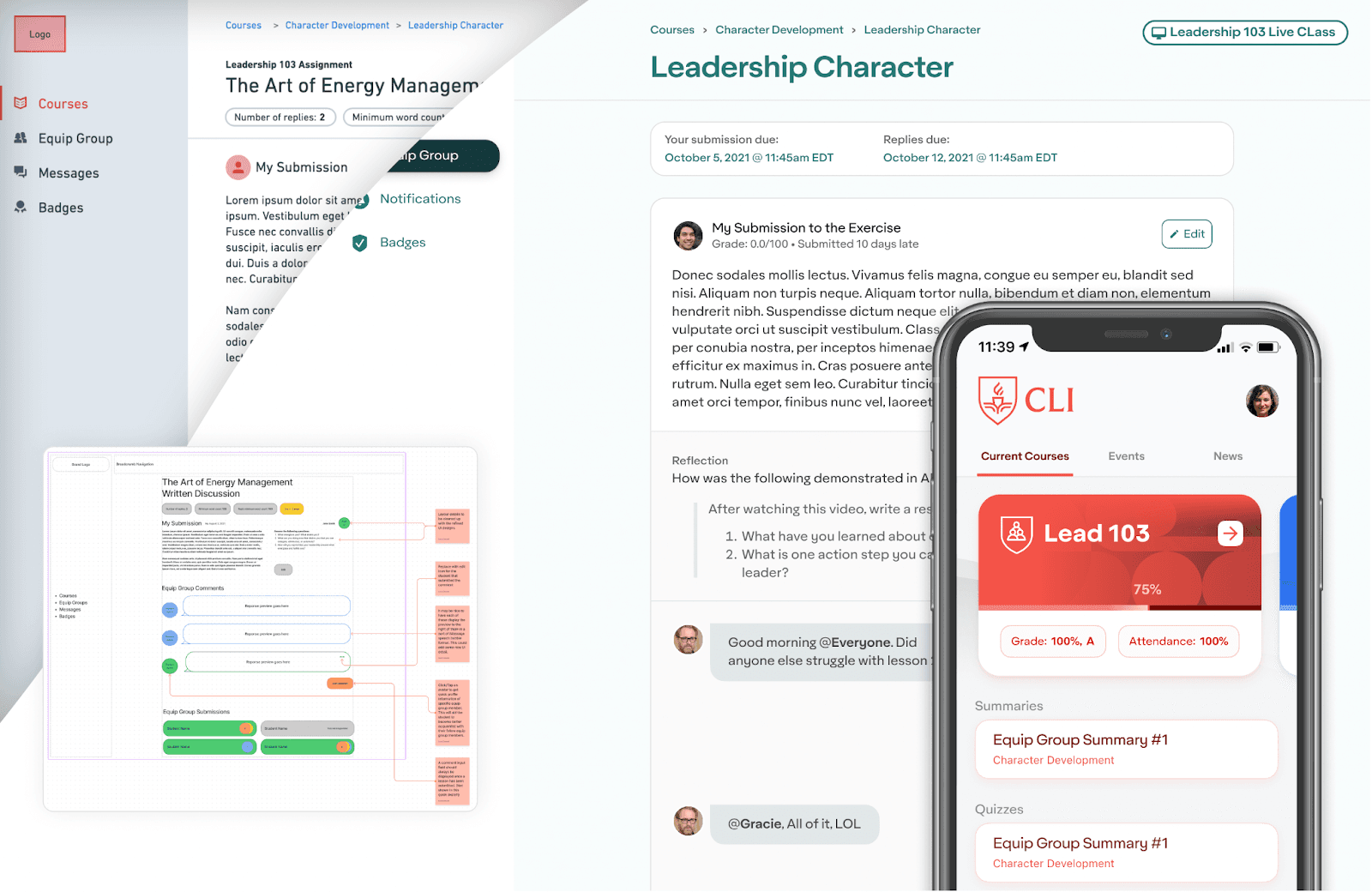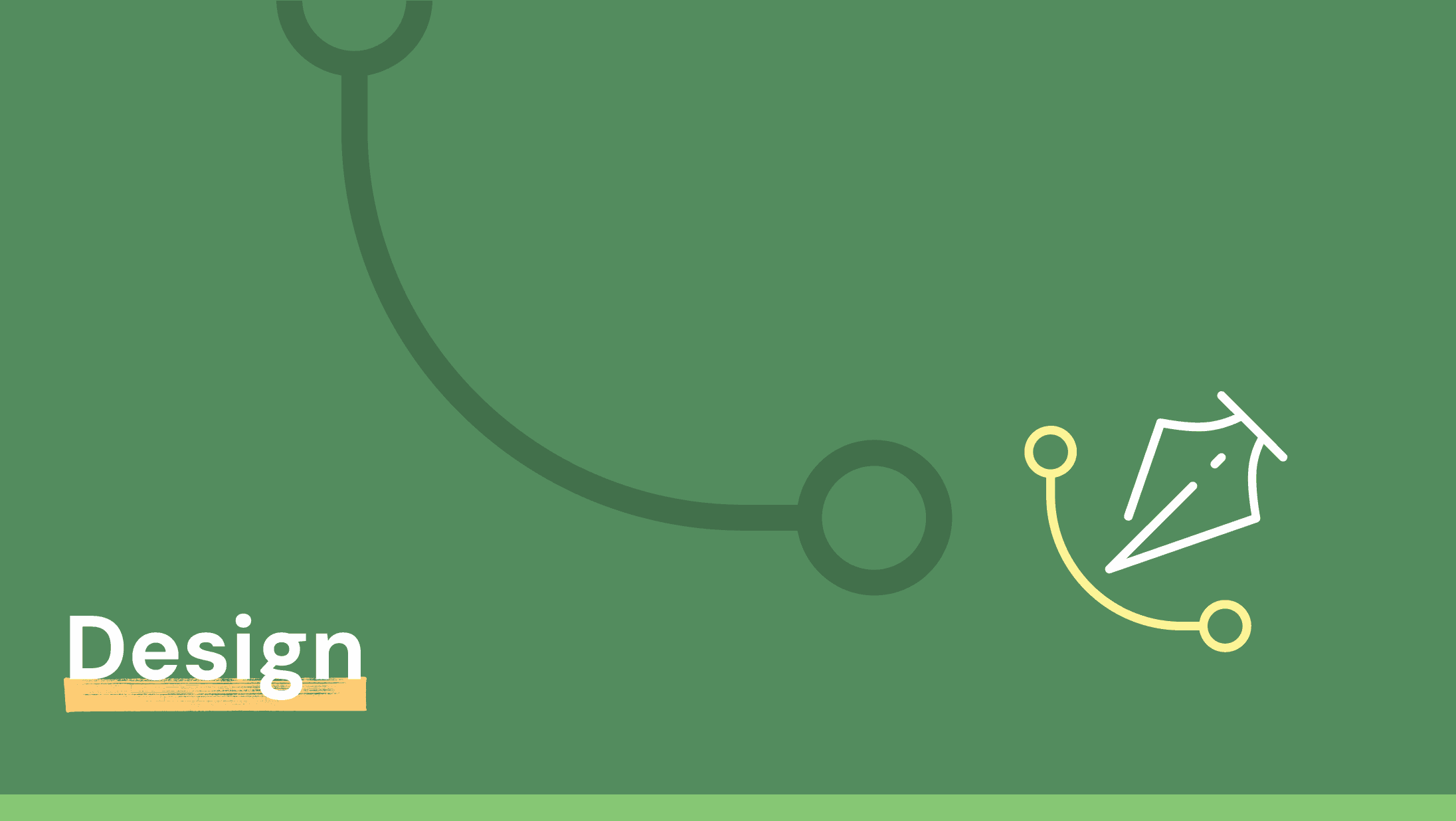The RoleModel Way of Design
Videos
RoleModel Way
Custom Software
Design
Process
The RoleModel Way of Design focuses on the principles and practices that we can use to fully integrate as a team where design is central in what we do, not just focused on by designers. We do this through incremental validation driven by business value through cross-functional collaboration.
SHARE POST



The RoleModel Way of Design applies our proven approach and core values (Character, Collaboration, and Craftsmanship) to the discipline of software design. We don’t view design as big upfront effort or a make-it-pretty step at the end. Instead, design is integrated into our highly collaborative software delivery practice.
We honed our approach to software design over the years to help maximize our value to our customers with proven best practices and standard approaches. In practice, this is applied with incremental validation that's driven by business value through cross-functional collaboration.
Incremental Validation

Incremental validation is our application of iterative value to the area of design. We start with sketches to explore workflows and ideas that we further validate in mockups and clickable prototypes and then ultimately refine these concepts in the working software that we ship along the way. We use incremental validation to make sure that our user experience (UX) is functional (it meets some basic need), reliable (it consistently works as we expect), usable (it’s easy to learn and use its features), satisfying (it is enjoyable to use and life is better and easier because of it).
Throughout this whole process, the key is receiving feedback from our customers and end users that ensures that what we're building is actually solving their needs. This ensures that we don't develop this whole project in isolation, where we get to the end of the project and the software is not actually what they were wanting. By continuously validating our design, our developers and designers work hand in hand together to continually improve the design and user experience of the software over the lifetime of our partnership with a client. Once we have working software, our work isn't done; we continue that cycle of feedback from wireframes to prototypes to software to continue to enhance the features and the overall project.
Driven by Business Value
Our design practice is driven by business value. This means we focus on process first and software second, empathizing with our customer to really understand and learn their business so that we can ideate and prototype new ways of working that may be different than they have thought of before but can be validated with the value that the solution brings to the business. We’ll incrementally build solutions that we refined together because we're aligned on the shared business value that our solution is going to bring.
We design with our customers and end users in mind, focusing our attention on their ideal workflow. We want to enhance their productivity first and foremost, but we also want them to appreciate the experience along the way, ultimately creating a software asset that will simplify their workflow and enhance their productivity. This means that the design is not just to be pretty; it is to be aligned with your business value and business needs.
We also take into account the trade-offs and constraints that exist in every software project. We're going to consider budget and technical implementation, thus allowing us to collaborate together from the business side, design, and development to ultimately deliver the best possible solution for our customers.
Cross-Functional Collaboration
Cross-functional collaboration means that our designers are not isolated members of the project team. We've oriented our tools and approaches so they can be deeply integrated along with our developers as they ship production code, not just design artifacts. This means they are focused on the current feature implementation but also looking ahead to what’s coming next on the horizon, so we can be prepared as a project team when we get there together.
During a project, the designer is not only coming up with the overall design and UX, but they can also implement their design in code. This allows them to focus on the fine details while developers ensure the functionality works as expected and is performant.
A key part of this cross-functional collaboration is not just our internal team but our collaboration with our end customer. We want to take the ideas that we explored together and reflect them back in a different form so that they can be further validated. For example, using a sketch to ensure on the same page after a conversation. We want to ensure that we are hitting the mark with a feedback loop that’s different from the conversation and the process that we explored so that we can ensure that, incrementally, we get to the right solution.
In support of our vision of serving business innovators, the RoleModel Way of Design focuses on the principles and practices that we can use to fully integrate as a team where design is central in what we do, not just focused on by designers. We do this through incremental validation driven by business value through cross-functional collaboration.
